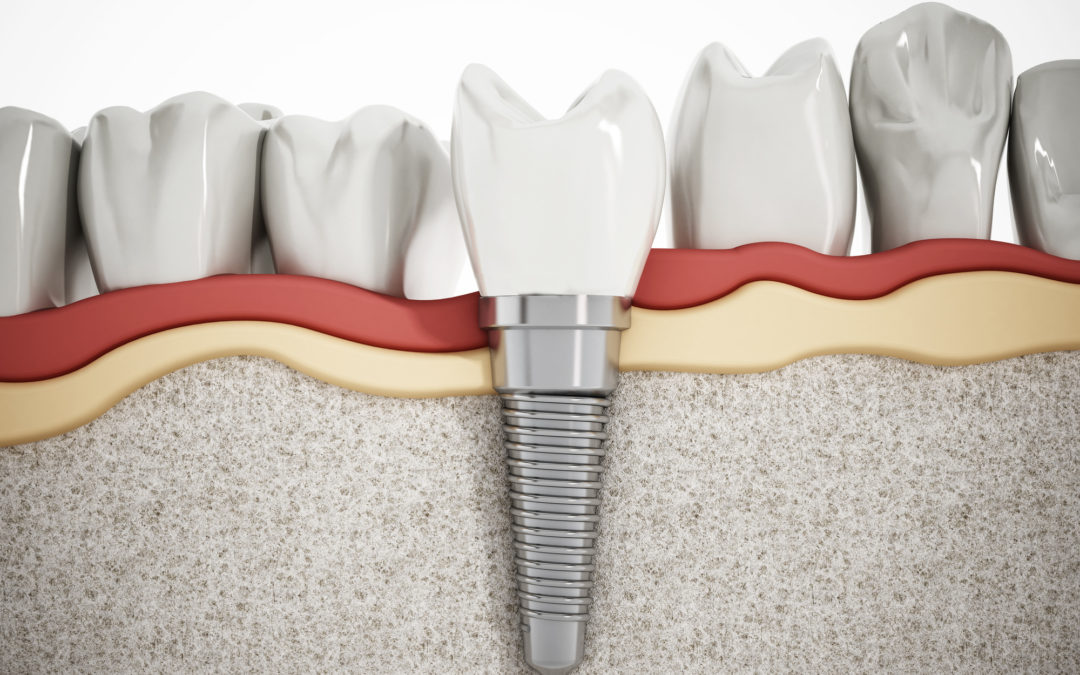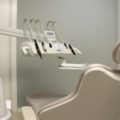Did you know that the success rate of All On Four dental implants is 98.2%? When you work with an experienced dentist that specializes in the placement of All On Four implants, the procedure is a safe option for those that need it. Dental implants are a popular choice for tooth replacement, especially the All On Four solutions.
This solution is the epitome of dental innovations, and, yes, it’s a permanent solution. If you’re considering this option, you’ll want to know what’s involved in the process. We’re going to explain exactly what the All On Four method is, and we’ll even walk you through the entire process from start to finish so you know exactly what to expect.
By understanding what to expect, you can make an informed decision about whether dental implants are right for you, so keep reading.
What Are Dental Implants and What Are They Used For?
Dental implants are devices that function as the root of a real tooth. They provide support for replacement teeth and help keep your face looking youthful and healthy. Dental implants work much better than dentures or bridges because they feel more like natural teeth.
You may need dental implants if you grind or clench your teeth, which can cause severe damage to your existing denture or bridge. You may also need dental implants if you’re missing many or all of your original teeth due to periodontal disease, an injury, cancer treatment, infection, or other reasons.
However, the All On Four methods is a different type of implant and it’s the image of dental innovation.
The All-On-Four Implant Procedure
The All On Four dental implant system is designed to provide improved aesthetics and better oral health when replacing multiple missing teeth. All On Four implants can support a fixed dental prosthesis in the lower or upper jaw. These implants require less surgery than fixing one dental implant at a time (typically needing four individual surgeries).
These implants work by placing titanium posts into your jawbone. Doing this allows them to act like natural roots for the teeth, or anchors. Afterwards, a permanent denture or implant can be placed at each of those four places. This will essentially allow your new teeth to look, feel and function normally like your natural teeth.
The point is to provide a seamless and natural look and feel. All On Four dental implants are common, but it’s only recently become even more popular in Australia.
How Long Do All On Four Dental Implants Last?
Once you get All On Four dental implants, you won’t be going in for a replacement or modification any time soon. With this option lasting longer than 20 years, it proves to be a viable choice for those in need of a safe and long-term option. Additionally, the posts are made from titanium, which can last longer than 30 years.
Keep in mind that these are a permanent set of teeth. This means that they will function, feel, and look natural while lasting what can feel like a lifetime.
How Long Does the Implant Process Take and What Is the Recovery Like Afterward?
Let’s take a look at the all-on-four dental implants procedure and how long it takes, from start to finish. Keep in mind that every person is different and that every patient will have their own treatment plan.
First Consultation
This is typically when the doctor will sit down with the patient and go over their expectations, and what they need. This initial consultation will cover everything from cosmetic concerns to bite issues, all the things that impact the appearance and health of your teeth.
Implants like All On Four implants may be suggested during this time, or after further evaluation through imaging studies such as CT scans or X-rays.
Permission to Treat and Treatment Planning
Once your doctor has determined that All On Four dental implants could be a good option for you, they will need your permission before continuing forward with any treatment plan.
Determining your treatment plan involves examining existing treatments and imaging studies, along with considering other factors such as overall health status and restorative needs. Keep in mind that by this point, your dentist will be able to tell you what you do or don’t qualify for in terms of procedure.
Implant Placement
If implants are the best choice for you, then this is when they’ll start preparing your jawbone for implant placement. This can be done in several ways, depending on your individual needs and preferences, including exposing the jawbone with surgery, placing a barrier over it to prevent infection and bone loss during healing, and/or grafting more bone to this area.
Bone grafts may also be necessary if your jawbone isn’t dense enough for an implant post to bond properly with it once placed.
At times, certain medical conditions might interfere with successful tooth extraction. Other reasons why extractions aren’t recommended include lack of healthy surrounding teeth (which will need cores drilled out for posts) or gum disease.
You might also be told to wait if your gums are inflamed, you have a fever, you’re pregnant, or you’ve recently had radiation therapy—all of which can interfere with the surgical process.
Implant Healing
Once implants are placed in the jawbone and properly healed, it’s time for them to function as natural teeth do by replacing missing ones. At this point in the dental implant process, patients often feel some pain, but this is normal for this stage of healing and will dissipate soon enough.
Post-Implant Maintenance
Your doctor will offer ongoing post-care instructions once the final restoration has been placed. This typically involves brushing and flossing around the implant daily using a soft-bristled brush and fluoride toothpaste. Remember, they are like your natural teeth. Be sure to schedule regular checkups so your dentist can monitor how well your implants are healing.
They may suggest you come in more often than usual if they find any signs of infection or other complications during this process.
Who Does and Doesn’t Make a Good Patient For This?
There are a few things that would make a patient a good candidate for the All On Four method. These include the following:
- Missing teeth along the dental ridge
- Decayed Teeth
- Compromised teeth due to gum disease
- Multiple broken teeth
A patient must be in good overall health to have this procedure done. This rule is the same with almost any type of procedure. The potential patient must have sufficient structure within the jaw bone, as well as the tissue of the gums already in place. This is essential as it’ll be needed to support the implant itself.
A patient would not make a good candidate for this treatment if they do not fall within the areas mentioned above among other things. Some underlying conditions could render the patient ineligible for the treatment. An example could be diabetes if the condition isn’t treated.
Additionally, some medications could cause implant failure. A good example of this could be a patient that’s on antidepressants. This could put that patient at a higher risk of the implant failing.
Here’s a quick list of more factors to consider to determine if you aren’t a good candidate for this procedure. A patient isn’t a good candidate if they:
- Have an autoimmune disorder
- Are missing significant amounts of their jawbone
- Have high blood pressure
Asking a professional dentist that’s experienced with the procedure will help you in deciding the best course of action for your oral health.
How Much Is the Procedure Usually?
On average, All On Four. dental implants cost around 35,000 AUD. Also, keep in mind that’s the average. The price can be as little as less than 17,000 AUD and the higher-end can fluctuate beyond the average.
Other things influence the cost of the procedure like radiology, bone grafting if needed, etc. Financing is a great option that patients should consider. You can always find out more about financing by contacting your dentist’s office.
Are They Removable?
Since the All On Four dental implants process is typically very safe and straightforward, most patients will be able to receive treatment with success. However, if you’re not sure whether it’s right for you or if you have any questions about any of these steps involved in the dental implants process, then talk with your doctor or dentist for more information.
Your safety is always the first factor to take into consideration when determining what procedures you want to explore. If you’re looking to work with a personal team that uses modern technology, Smile Design Studio is the place for what you need. Interested in learning more? Visit us today.









